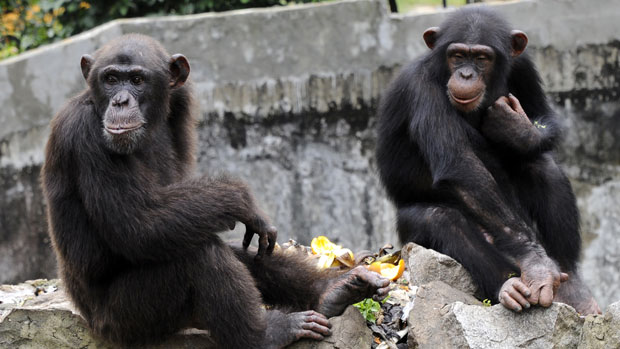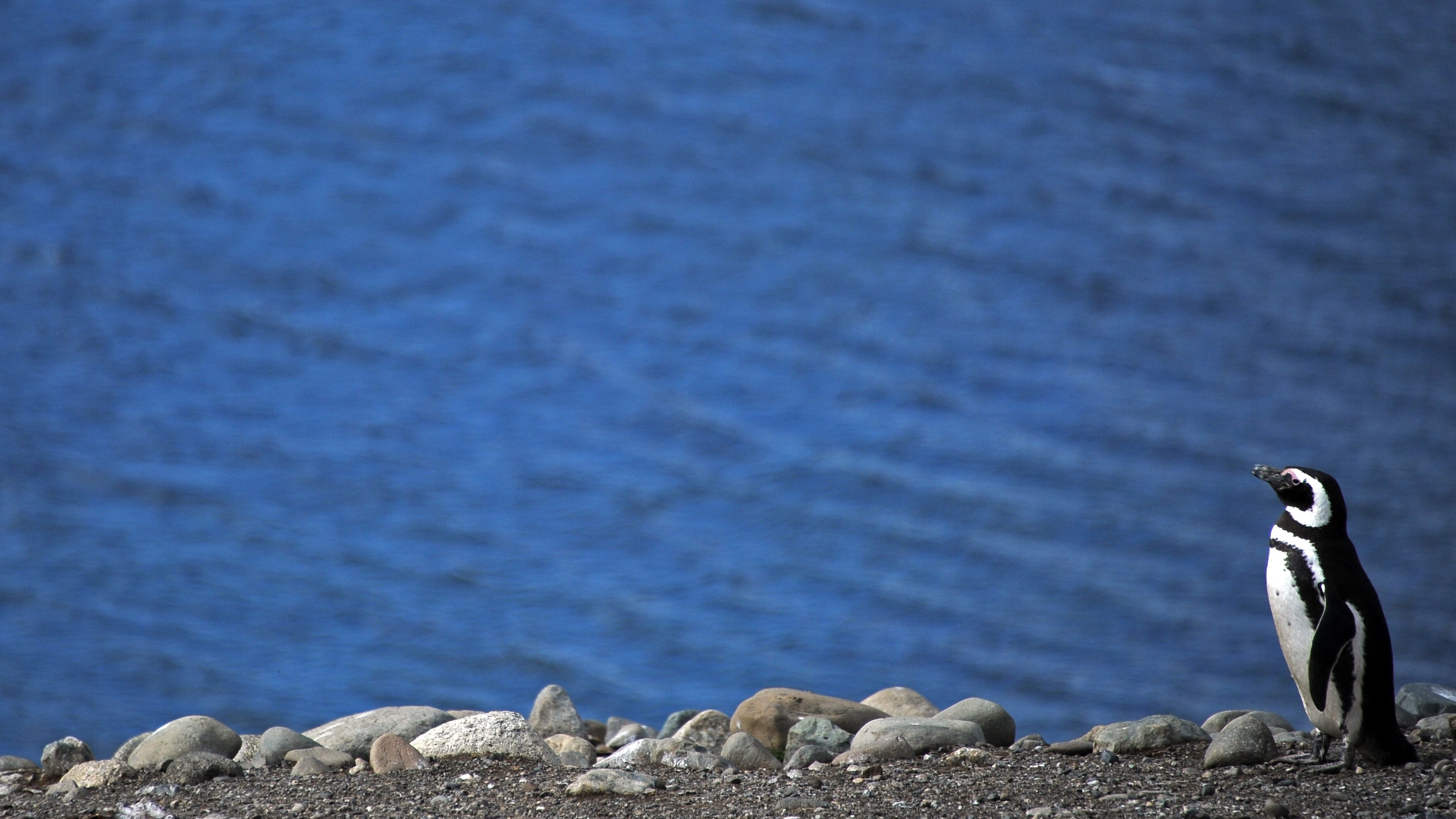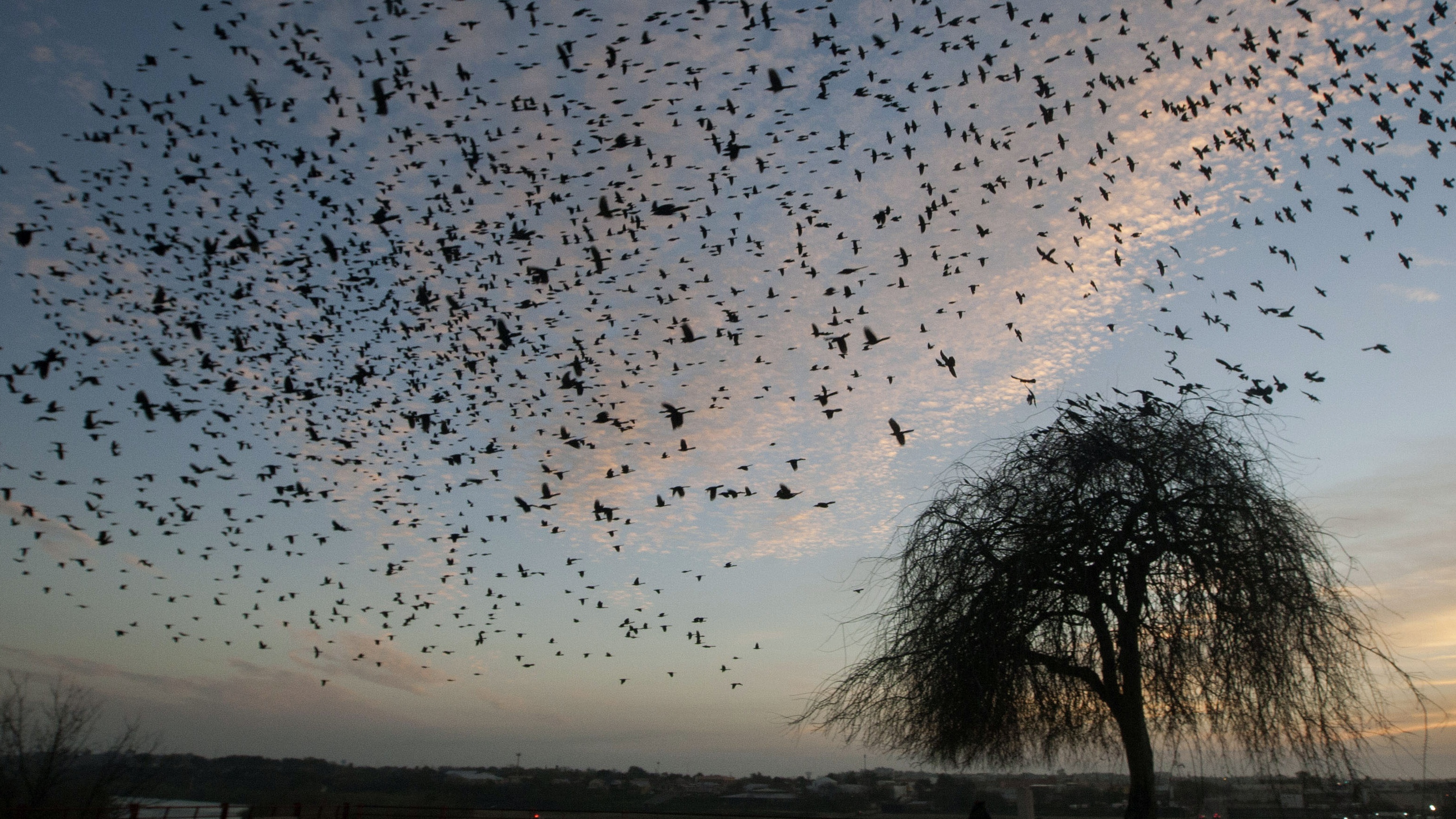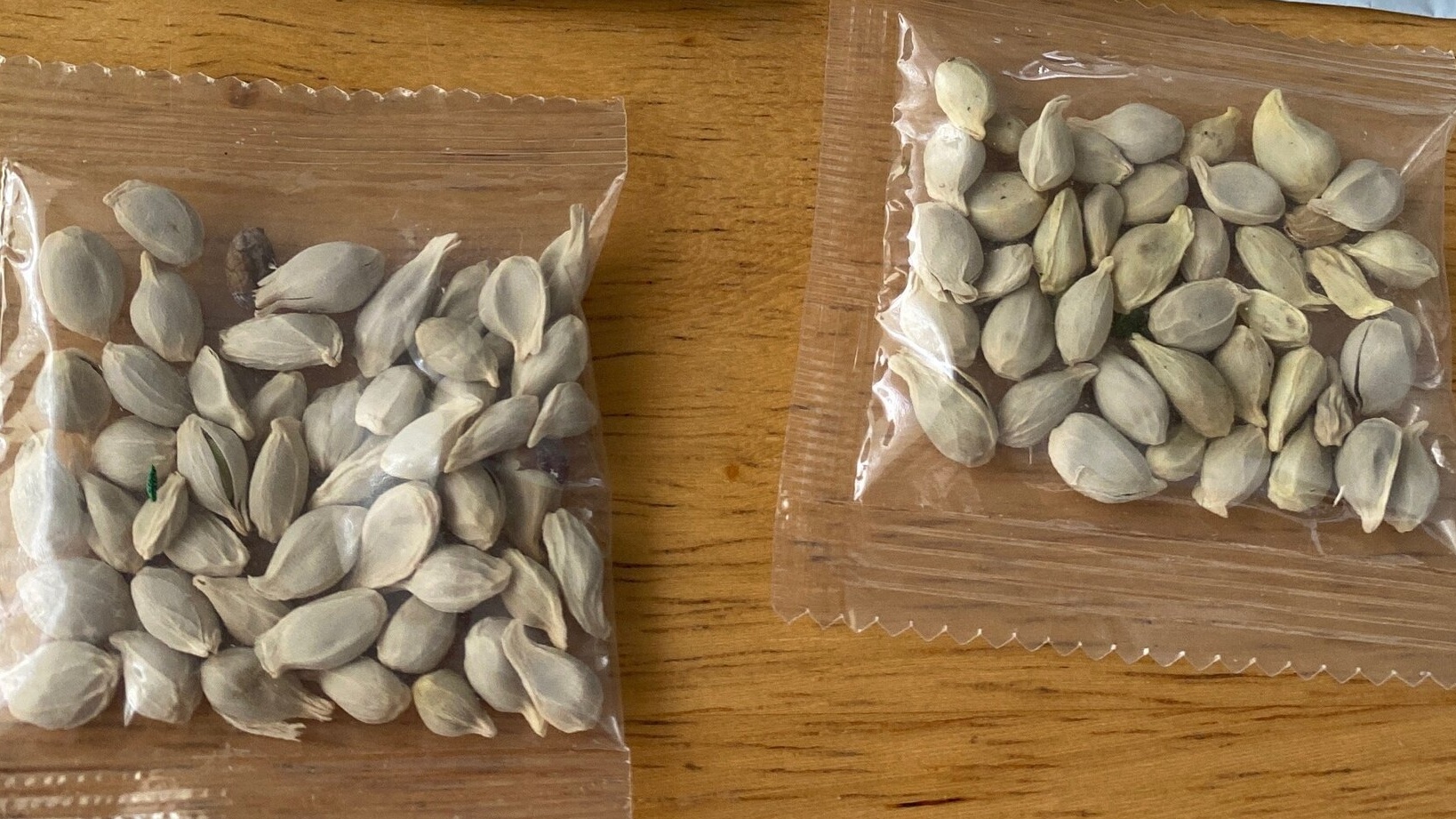Chimpanzee language revealed through translated gestures
Scientists discover the ‘closest thing to human language’ displayed in nature

Primatologists have translated gestures used by chimpanzees in the wild to communicate in the first detailed study of its kind.
Focusing on non-verbal gestures, researchers spent 18 months in Kenya analysing thousands of cases and were able to identify 15 exact meanings for 36 different gestures.
Examples of such signals include the stomping of both feet, which is used to initiate play, and a request for contact, which is conveyed by a chimpanzee reaching out its arms. Leaning on one foot and thrusting it out means ‘climb on’.
The Week
Escape your echo chamber. Get the facts behind the news, plus analysis from multiple perspectives.

Sign up for The Week's Free Newsletters
From our morning news briefing to a weekly Good News Newsletter, get the best of The Week delivered directly to your inbox.
From our morning news briefing to a weekly Good News Newsletter, get the best of The Week delivered directly to your inbox.
The chimpanzees used these physical gestures to make requests and participate in important social negotiations.
According to research leader Dr Catherine Hobaiter, this is the only form of intentional, goal-oriented communication recorded in animals.
Primatologist and co-author of the chimpanzee study Richard Byrne told Wired, “What we’ve shown is a very rich system of many different meanings,”
“We have the closest thing to human language that you can see in nature”, he said.
A free daily email with the biggest news stories of the day – and the best features from TheWeek.com
“Chimps are more closely related to us than they are to the rest of the great apes, so it makes sense that we are incredibly similar to them in many ways", Dr Hobaiter told the BBC.
One of the limitations of the study is that it could only analyse gestures which prompted an action, as researchers were unable to interpret gestures which may convey more subtle messages.
Some gestures also seemed to have many different meanings. Grabbing can, for example, be used to convey "stop that," "climb on me," and "move away."
-
 Moscow cheers Trump’s new ‘America First’ strategy
Moscow cheers Trump’s new ‘America First’ strategyspeed read The president’s national security strategy seeks ‘strategic stability’ with Russia
-
 Political cartoons for December 8
Political cartoons for December 8Cartoons Monday's political cartoons include ICE in the Big Easy, Warner on the wane, and a Putin peace deal
-
 Did Trump just end the US-Europe alliance?
Did Trump just end the US-Europe alliance?Today's Big Question New US national security policy drops ‘grenade’ on Europe and should serve as ‘the mother of all wake-up calls’
-
 Shell’s North Sea oil U-turn: ‘a first victory in a longer war’?
Shell’s North Sea oil U-turn: ‘a first victory in a longer war’?Speed Read Controversy after oil giant pulls out of proposed Cambo project
-
 Fires, floods and storms: America’s ‘permanent emergency’ has begun
Fires, floods and storms: America’s ‘permanent emergency’ has begunSpeed Read This summer of climate horror feels like the ‘first, vertiginous 15 minutes of a disaster movie’, says The New York Times
-
 Hot air and empty rhetoric: is the UK acting too slowly on climate change?
Hot air and empty rhetoric: is the UK acting too slowly on climate change?Speed Read ‘Every day, new evidence accumulates that humanity is on an unsustainable path’
-
 Germany floods: what led to this ‘once-in-a-century’ disaster?
Germany floods: what led to this ‘once-in-a-century’ disaster?Speed Read Nearly 200 people died in Germany and Belgium; hundreds are still unaccounted for
-
 Penguin colony at risk as Somerset-sized iceberg bears down on British overseas territory
Penguin colony at risk as Somerset-sized iceberg bears down on British overseas territorySpeed Read Several species face starvation if the icy giant blocks access to feeding grounds
-
 ‘Full of hot air’: climate experts exposed as academia’s most frequent flyers
‘Full of hot air’: climate experts exposed as academia’s most frequent flyersSpeed Read Study results trigger calls for environmentalists to ‘look in the mirror’
-
 Mystery of millions of migrating birds dropping dead from US skies
Mystery of millions of migrating birds dropping dead from US skiesSpeed Read Some experts believe the West Coast wildfires may be to blame for ‘unprecedented’ mass bird deaths in New Mexico
-
 Americans warned not to plant mystery seeds being sent to homes nationwide from China
Americans warned not to plant mystery seeds being sent to homes nationwide from ChinaSpeed Read Officials say the unsolicited packages have been mailed to residents in at least 27 US states